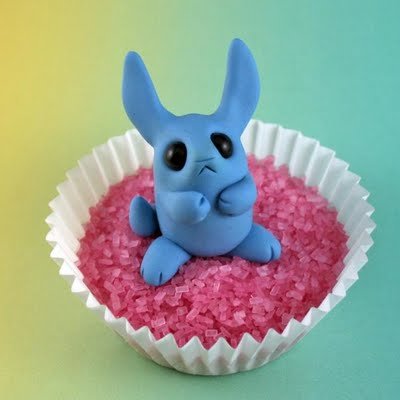|
|
Plasticine Monster
|
Plasticine and similar materials are often used in clay animation. One of its main proponents is Aardman Animations' Nick Park, who used characters modeled in Plasticine in his Oscar-winning short films A Grand Day Out (1989), The Wrong Trousers (1993) and A Close Shave (1995), as well as the feature film The Curse of the Were-Rabbit. This technique is popularly known as claymation in the US, and is a form of stop motion animation. Plasticine has not been used by Aardman Animations since 1997. Instead, they prefer the qualities of Newplast, manufactured in the UK by Newclay Products Ltd. Plasticine-like materials are appealing to animators because the material can be used with ease: it is mouldable enough to create a character, flexible enough to allow that character to move in many ways, dense enough that it can retain its shape easily when combined with a wire armature, and does not melt under hot studio lighting.
Plasticine-like clays are also used in commercial party games such as Cranium, Rapidough and Barbarossa.
Television presenter James May together with Chris Collins, Jane McAdam Freud, Julian Fullalove and around 2000 members of the public created a show garden for the 2009 Chelsea Flower Show made entirely of Plasticine called 'Paradise in Plasticine'. The garden took 6 weeks and 2.6 tons of Plasticine to complete. 24 colors were used. May said, "This is, to our knowledge, the largest and most complex model of this type ever created." It couldn't be considered as part of the standard judging criteria as it contained no real plants, but was awarded an honorary gold award made from Plasticine. The garden was extremely popular with the public and went on to win the Royal Horticultural Society’s 'peoples choice' for best small garden. The garden now resides in Burton upon Trent's Octagon Shopping Centre, as a local attraction.
Athletics officials in high level long jump and triple jump competitions use plasticine to help determine if the competitors are making legal jumps. A 10 centimeter strip of plasticine is placed beyond the take-off line. If an athlete leaves a mark in the plasticine, it is considered proof that the jump was a foul and the attempt is not measured.
|
|









